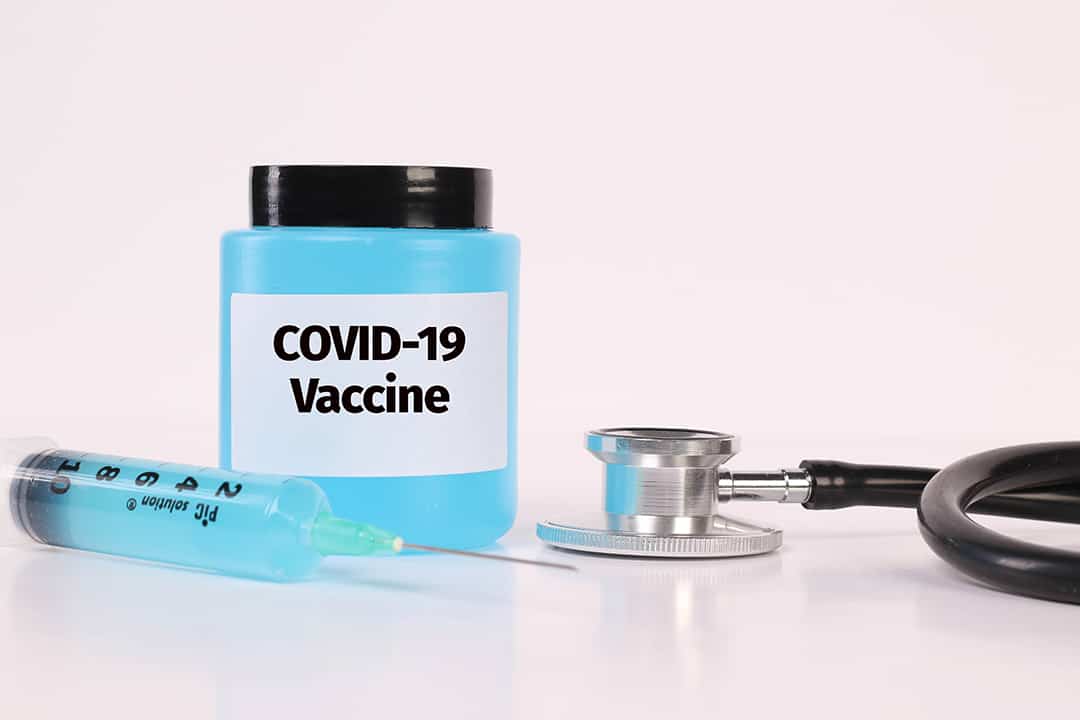According to Dr. Howard Njoo, Deputy Chief Public Health Officer, the majority of Canadians could be immunized against COVID-19 by the end of the new year.
Over the last few weeks, companies Pfizer and Moderna announced that their vaccines are 95 per cent 28 days after the first dose and 94.5 per cent effective against COVID-19, respectively. On December 2, the United Kingdom approved the use of the Pfizer vaccine, with rollouts potentially happening on December 7.
As case numbers continue to rise, Canadians may be wondering when they can expect a vaccine.
Pfizer and Moderna are two of the seven companies with which Canada has vaccine contracts. Between all of them, Canada has secured a total of 414 million doses of vaccine.
A senior medical advisor for Health Canada, Dr. Supriya Sharma, said that Canadians could expect a decision regarding Pfizer around the same time as the US Food and Drug Administration and the European Medicines Agency. She expects that Canada could have its first approval before Christmas.
But what happens after a vaccine is announced? How will it be distributed, and who will be first in line?
All hands on decks for vaccines distribution
The mass distribution of the Pfizer vaccine is complicated by its storage sensitivity. It must be stored at -70 degrees Celsius, and once moved to a refrigerator, the vaccine must be used within five days. On the other hand, the Moderna vaccine can be stored in freezers at -20 degrees Celsius freezers, but must be used within 30 days of thawing.
Cecely Roy, a press secretary at Public Services and Procurement Canada, said that Canada has ordered 26 ultracold freezers for the Pfizer vaccines and 100 standard freezers for the Moderna vaccines. So far, nine ultracold freezers and 33 standard freezers have arrived. It is not known whether they are being stored centrally or have been distributed across the country.
Prime Minister Justin Trudeau appointed the Canadian Armed Forces to oversee the logistics of transporting and distributing the vaccines. The initiative is led by Major General Dany Fortin, who is working with the Public Health Agency of Canada as its vice-president logistics and operations.
Pfizer itself is also supporting the distribution process by working directly with the Canadian government. A company spokesperson wrote to the business news website FreightWaves that Pfizer’s delivery model “is built on a flexible just in time system which will ship the frozen vials to the point of vaccination.” Dry ice will be used to maintain the temperature throughout the delivery.
Another issue posed by the Pfizer vaccine other than the storage temperature is that it requires two doses — administered three weeks apart — for full protection. Since Canada does not have a national vaccine registry, there may be a logistical challenge in tracking down patients who have taken only the first dose to ensure they take the second one.
Transparency is needed for public trust
Although Canada has secured 76 million doses from Pfizer, only four million will arrive by March 2021.
Due to the limited quantity, the first batch of vaccines will be given to key groups based on guidelines from the National Advisory Committee on Immunization (NACI). NACI guidelines may prioritize vaccines for some groups of people earlier than others.
Its current guidance is that these key populations include the elderly, those with underlying health conditions, health care workers, and long-term care home workers.
On its website, NACI noted that these priority groups “may change as the evidence base for COVID-19… and vaccine characteristics… as well as information on vaccine supply, evolves.”
NACI also advises that public health officials actively involve marginalized and racialized groups during the planning stage, monitor the vaccine’s safety and effectiveness for priority groups and remote areas, and counter vaccine hesitancy with transparency.
Canada’s Chief Public Health Officer Dr. Theresa Tam echoed the need to counter vaccine hesitancy during the Canadian Immunization Conference. She also mentioned that the government will be using “behavioural insights” and social media to maintain public trust.


